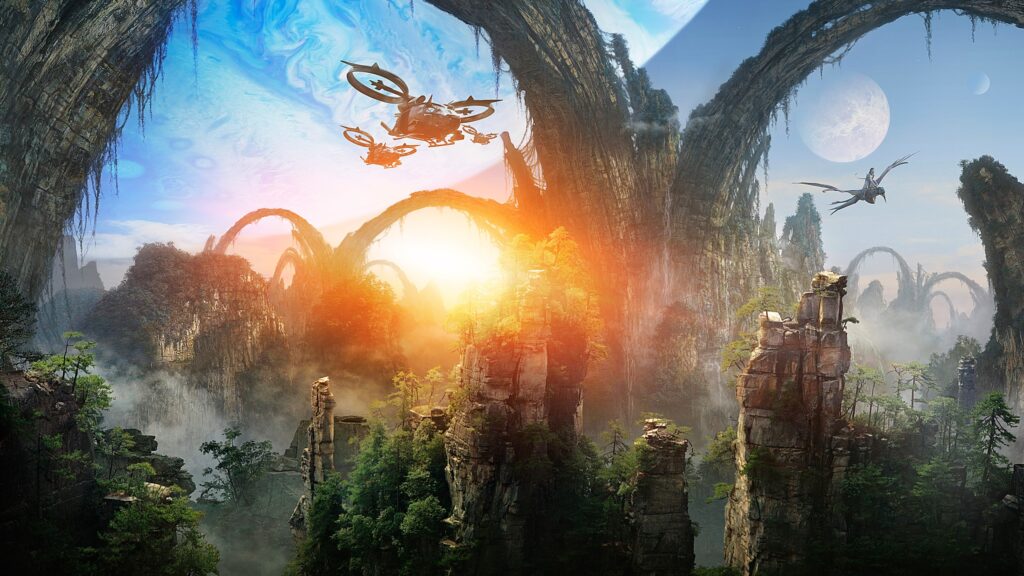
Is there more to the moon of Pandora than the pretty landscapes and the beautiful wildlife that inhabits it? What if beneath the crust of this lush moon, there hides something truly terrifying? Something that’s beyond any of us, an existential curiosity. It all begins with the reason for humanities arrival on the moon in the first place.
Unobtanium
Ubh-310, known informally as Unobtanium is a highly valuable and equally rare…uhm… rare earth metal found (as far as humanity knows) exclusively on the fifth moon of the gas giant Polyphemus, Pandora. Pandora is a fantastic place all in its own right. A lush planet of staggering beauty, with an advanced ecosystem and its own sentient alien race, the Na’Vi. It holds vistas such as floating mountains and huge atolls. The floating mountains become of obvious note, as besides the visual of it, the science behind it becomes relevant. These rocks are able to bypass what we think of as classical physics due to the properties of the Unobtanium the rocks contain.

It holds a staggering value of $40 million per kilogram when refined. So what makes this bit of rock so valuable to humanity. Unobtanium is a room temperature superconductor, and is crucial to keeping what has become an interstellar human empire alive. It is the key to keeping Earth alive, as much like modern cities scaled up, Earth depends on the logistics of its empire to feed and maintain itself. Without it, Earth has a fixed lifespan, and war and chaos would likely erupt over resources amid famine and disease. We see this in Avatar: The Way of Water, where due to the failure to secure the material by the RDA, Earth is dying and humanity has become refugees, desperate for a new home.
But humanity was an interstellar empire. What caused the well equipped and well armed RDA to fail in its retrieval of Unobtanium. Enter stage left, Pandora.
Pandora’s Ecosystem

Pandora’s ecosystem is truly interesting. Its a fully fledged ecosystem, with flora and fauna fitting all the traditional archetypes we see here on earth. Plant life fed upon by various species of herbivores who are in turn hunted by some quite terrifying predators. The biosphere contains a variety of species’, all with its own niches from the Direhorses (large hexapodal equine looking animals) to the Mountain Banshees (flying predators, reminiscent of pterodactyls) to the Tulkun (extremely intelligent, sentient whales).
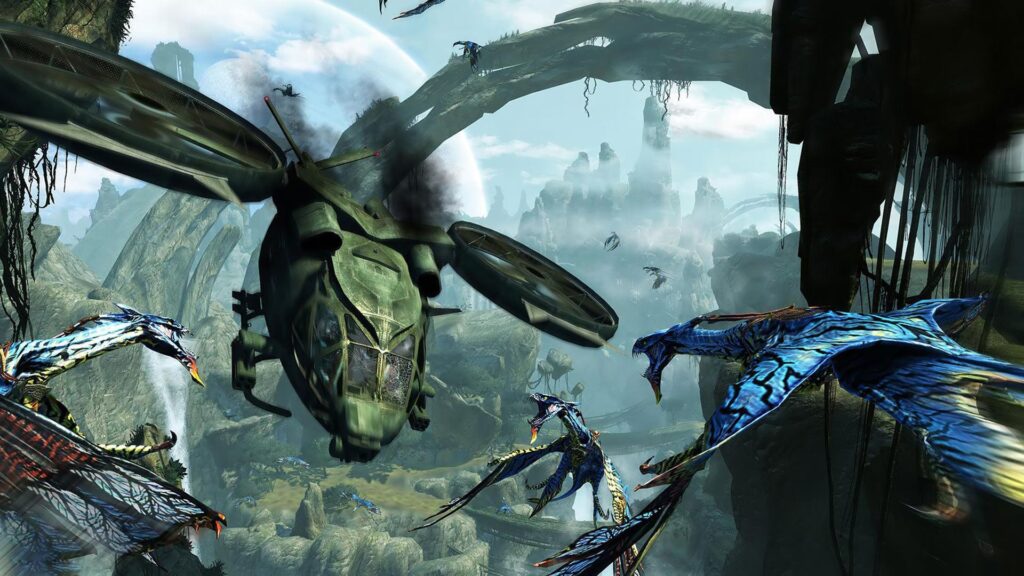
What makes the biosphere of Pandora stand out, however, is in its response to outside threats. While the animals display “normal” responses to threats within their biosphere, such as a Thanator hunting a Direhorse, the response shown to external factors (like, for example, a Scorpion Gunship) are nothing alike to what we would see here on earth. Flocks of Banshees will wantonly engage loud, armoured and armed military gunships in huge swarms. On earth, a gunshot will often suffice to scare off the most dangerous of apex predators, like a lion, but on Pandora the local wildlife is suddenly willing to endure anti infantry gunfire and explosive rockets. This response from the local fauna has made the human excursions into Pandora extremely risky and costly. But one species has hampered humanities efforts on the moon more than any other.
The Na’Vi
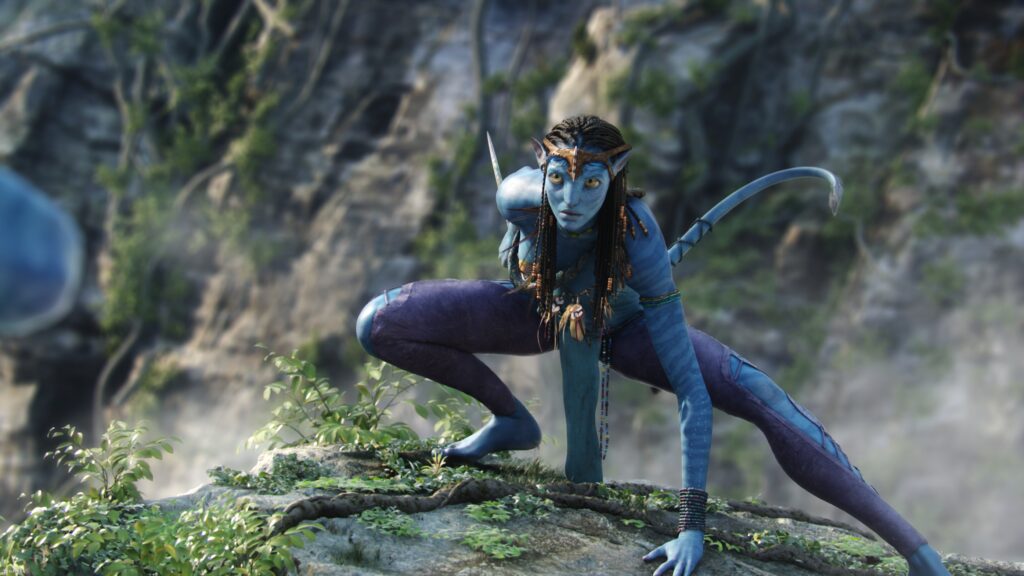
The Na’Vi are one of evidently several sentient species on the moon of Pandora, already something of note considering how seemingly sparse intelligent life is in the universe. The Na’Vi are blue coloured humanoids standing at an average of 3 metres.
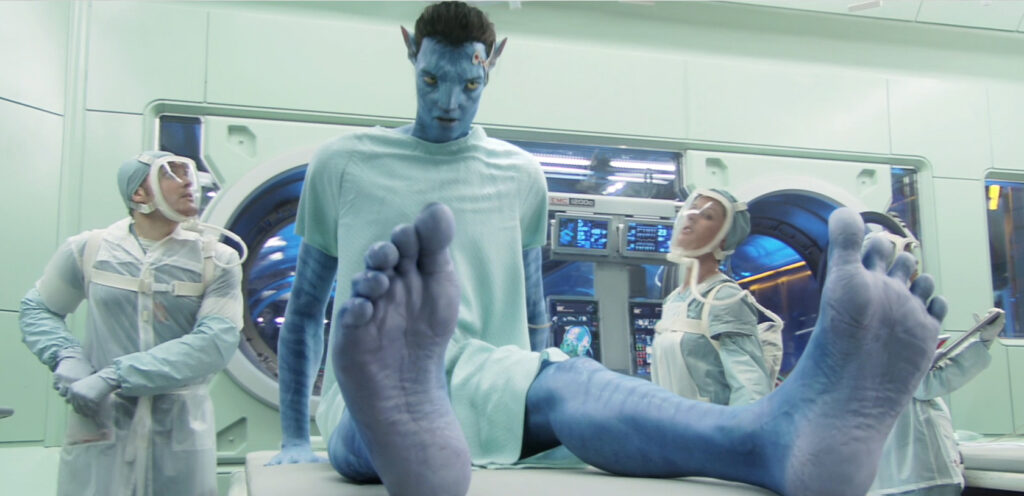
These truly Amazonian aliens are highly intelligent and resourceful, having adapted to something reminiscent of the human Palaeolithic era of hunter gathering. The Na’Vi have dark hair, and within is found perhaps the most remarkable appendage in all of biology, their Queue.
The Queue is a neural appendage, usually protected and housed externally on most species on Pandora. This organ enables the Na’Vi to “interface” with any other living creature that has an appropriate organ. It enables a mental connection and the sharing of information, and often allows the Na’Vi a level of control and mastery over other animals usually seen in human/animal bonds that require years of bonding and training.
Eywa is what the Na’Vi consider a deity of some sort. However unlike many other deities, Eywa has a real and measurable impact on the moon and its inhabitants. Eywa is not just a religious figure for the Na’Vi. All the living creatures of Pandora are connected through a neural network, accessed by some species’ through the use of the Queue organ. The network is comprised of electro chemical connections in the trees of the moon, and connects the entire solar object of Pandora (all 4.18152e+24 kg of it). There is an estimated 1016 connections making up this neural network, and Eywa. This is between 20 to 100 times more connections than a human brain has.
Eywa is not a religious deity, or a force of nature like the Na’Vi present or treat it. Eywa is a bioorganic supercomputer unlike anything we have ever seen. Now looking back at the Queue organ, and they it interfaces with the local biosphere and how it mirrors modern computing the moon suddenly becomes all that more menacing. Because while the animals behaviours doesn’t match any *animalistic *behaviour when faced with external threats, it does match very closely something else we do see here on earth. Our bodies immune response. When a foreign object enters a human body, the immune system kicks in and deploys white blood cells to destroy the object. This is remarkably similar to how the native biosphere attack the human presence on Pandora. Reinforced further by looking at how SecOps was able to bypass this hostile response using Na’Vi cloned bodies housing human memories, such as that of Colonel Quaritch. The local fauna not only was not hostile to the Na’Vi cloned bodies, despite their human language and equipment, but the clones were able to interface with the animals and control them like the natives. This again mirrors an immune system, as the immune system will not attack cells that match its own despite not being produced by it, such as during a blood transfer. This brings up one final eerie thought. Do the Na’Vi have free will?
The Truth
This question comes from a thought not quite covered yet. The Na’Vi are warriors. Yes, they are ostensibly hunters, but uphold a strong warrior culture. Its of note that the only human to be accepted into Na’Vi society (through the Avatar program) was not a scientist, a diplomat or an artist but Corporal Jake Sully, a SecOps Marine. A trained soldier.
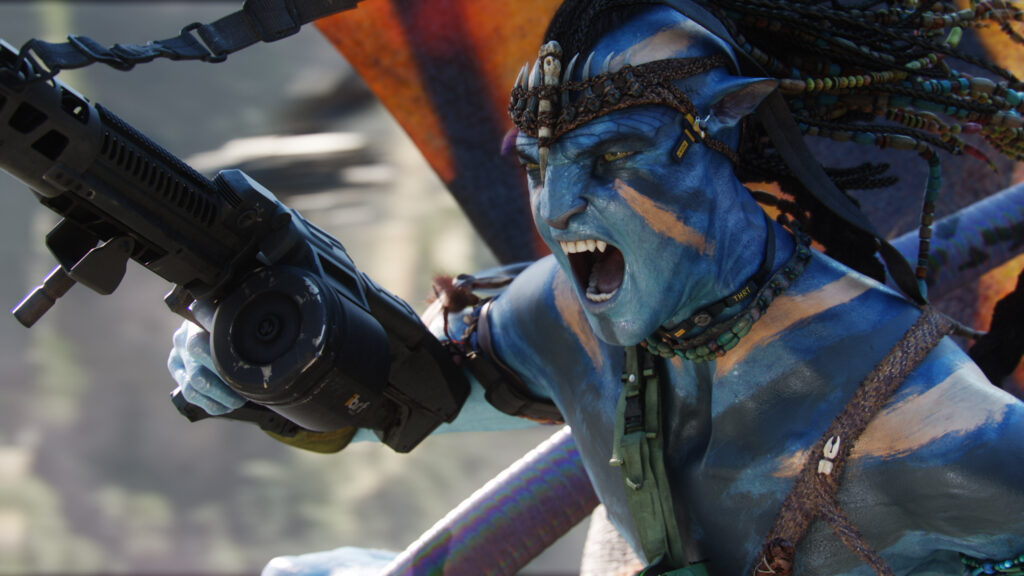
Not only are they culturally warriors, but biologically too. Their cultural clans also match the genetic predisposition for their environment, with specialized subspecies or variants for the habitat they originate from. Ocean based Na’Vi have flatter tails and bigger lungs for agile swimming. The Na’Vi stand at three full metres, and are easily four times as strong as a human being. Their bones are reinforced with naturally occurring carbon fibre. So is the Na’Vi a violent warrior species? No, remarkably they are quite the opposite.
From the “The World of Avatar – A Visual Exploration”:
“The clans of the Na’vi are generally not aggressive with each other, and have various strategies to resolve conflict. […] War among clans is not unknown, especially when habitat or territory changes rapidly. This is usually a result of external pressure, such as flooding, rather than deliberate invasion. […] However, such battles are immediately followed by bargaining, negotiation, and other efforts to bring about peace.”
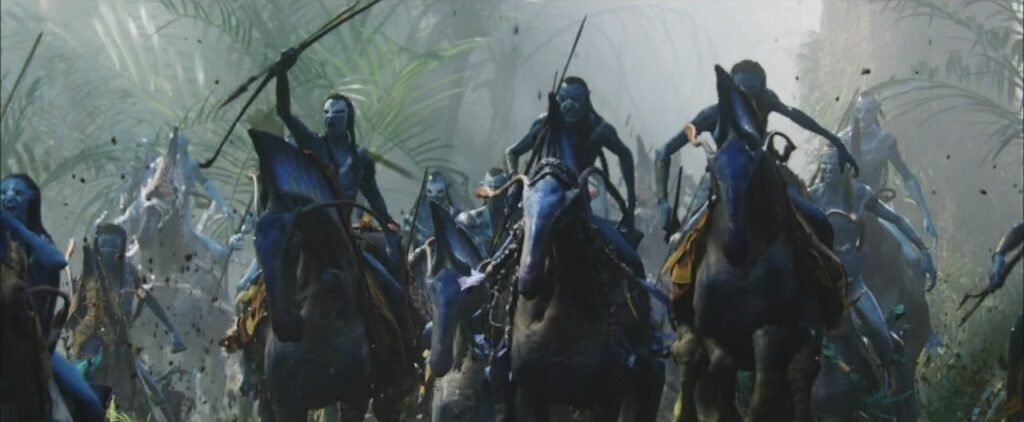
This is not a species that engages in war, actively tries to solve issues peacefully and consistently favours peace and diplomacy over direct conflict. Why would such a society adopt a warrior based culture? There is nothing on Pandora for them to go to war against. Until humanity arrived. An external presence. The foreign object. One that necessitates an immune response from the planet. The deployment of white blood cells. The Na’Vi are Pandoras, or more accurately Eywa’s white blood cells. The Na’Vi are ostensibly empathic and peaceful beings. Human/Na’Vi relations were peaceful at first, until the mining of unobtanium began. Why did this empathic, emotional and peaceful culture object so much to a mining operation, especially one that would save billions of lives? Because Eywa told them to. In Na’Vi culture, there are three laws of Eywa:
You shall not set stone upon stone.
Neither shall you use the turning wheel.
Nor use the metals of the ground.
These laws, assumed to come from Eywa itself are antithesis to the development of an intelligent species. This explains why the Na’Vi remain hunter gatherers despite having existed for as long as humans had on Earth before we took to the stars. These might seem to be laws set out to maintain a “pure” environment, but it is not. It is an instruction for the immune system not to attack and damage the host body, Pandora.
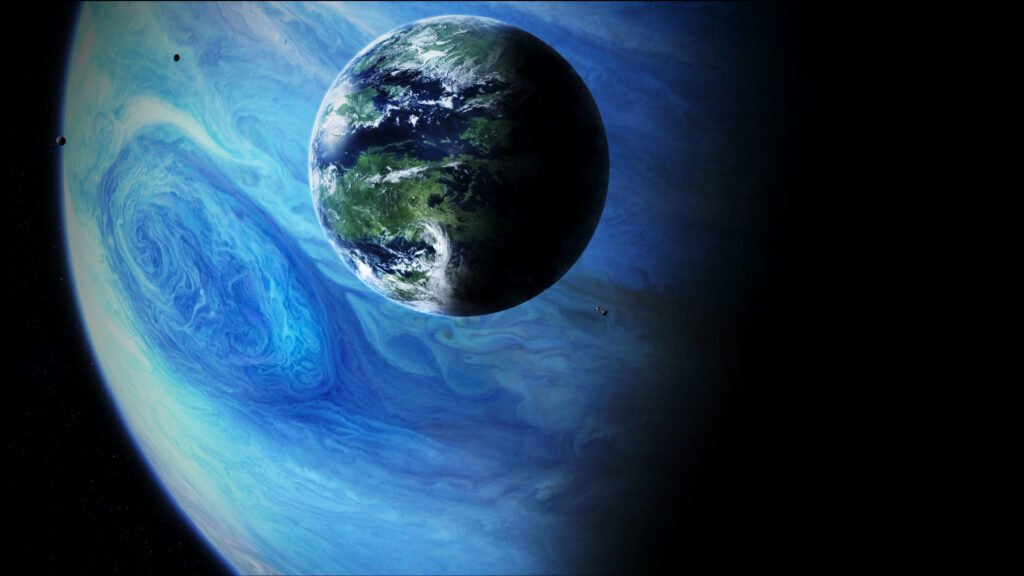
The Na’Vi are able to use their Queue to connect to the local wildlife and instantly domesticate them, even making them engage in behaviour that goes directly against their survival instincts. This also seems to correlate with mental fortitude, with stronger individuals able to tame and control stronger animals. And the Na’Vi regularly interface with the Pandoran Neural Network their entire life, from birth. With a mind 20 to 100 times more advanced than a human brain, it seems likely in a “battle of the wills” that the moon sized super computer would win, and overpower the Na’Vi. And much like how the Na’Vi domesticate and utilize the animals of Pandora, Eywa domesticates and control the local Na’Vi population into subservience to act as its defence. This subjugation is even shown to us, as it corrupts Corporal Jake Sully as he tries to mend the strained relationship between the Na’Vi and humanity and he turns upon humanity causing massive damages to the human efforts there. Likely due to him interfacing directly with Eywa.
Eywa has created and controls a moon sized immune system to protect itself, despite what ethical and moral implications this has for the very much sentient and alive biosphere it hosts. The Na’Vi’s actions cannot truly be held against them, and they are as much victims of the moon as the humans lost in the attempts to recover the lifeblood of the human interstellar empire.
Coincidence?
Now, the use of the term “Room Temperature Superconductor” to describe Unobtanium is interesting. The implications within the Avatar universe we have covered. But there is a final piece of the puzzle that truly seals the deal on this theory. This is not the first time a superconductor operating at room temperature has come up in a science fiction movie. It appears in Terminator 2: Judgement Day (1991).
I know. You told me. It’s a neural-net processor. It thinks and learns like we do. It’s superconducting at room temperature. Other computer are pocket calculators by comparison.
– Tarissa Dyson
This is the wife of Miles Dyson describing the prototype for Skynet, the supercomputer AI that causes a global nuclear holocaust, and the creator of the film titles Terminators. The terminators are advanced sentient cyborgs. They are capable of free will and creative thought, but most are under the complete control of Skynet. They are stronger, faster and much more durable than a human being. And who directed Terminator 2: Judgement day? James Cameron.

James Cameron presents us with a neural network processor powered by a room temperature superconductor that creates highly advanced, intelligent humanoids that are stronger and more durable than humans in order to fend off anything it perceives as a threat to itself. Then 18 years later he presents us once again with a neural network powered by a room temperature superconductor defended by sentient humanoids that outmatch human beings physically at every level. Just this time, the AI is biological. But what is a brain, if not a biological computer?
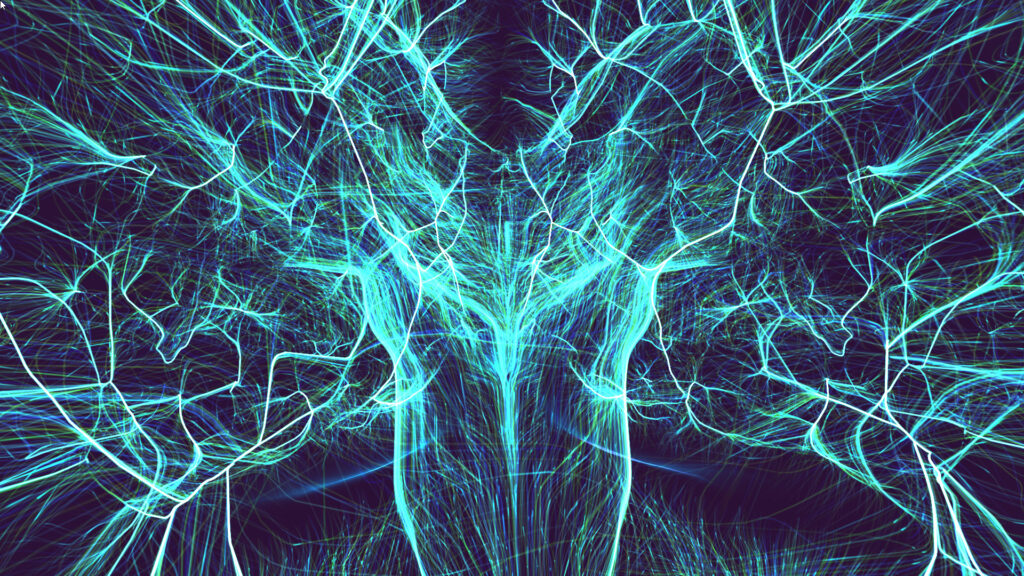
Closing Thoughts
This article is written primarily as a tongue in cheek piece of creative writing looking at the Avatar films from a perspective the films do not present. I feel its important to say this, just so no readers come away thinking I support or justify the actions taken by the RDA as presented in the films. And while it started as a fictional conspiracy theory, rewatching Terminator 2 and hearing Tarissa Dyson describe what would become Skynet, I am now convinced Cameron is rethreading some lines here. And as a huge fan of the Terminator movies, and other media that explores what it means to be human (usually shorthand for sentient) I do find the concept of a sentient moon to be interesting and I hope the future films continue to build on what I find to be a very compelling and interesting setting.
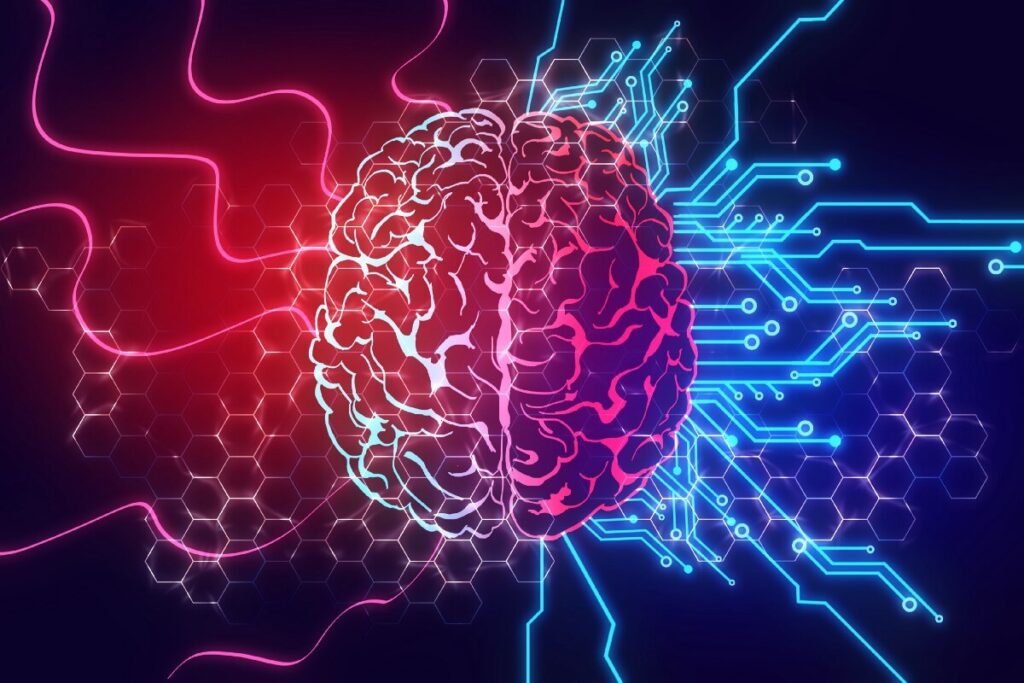
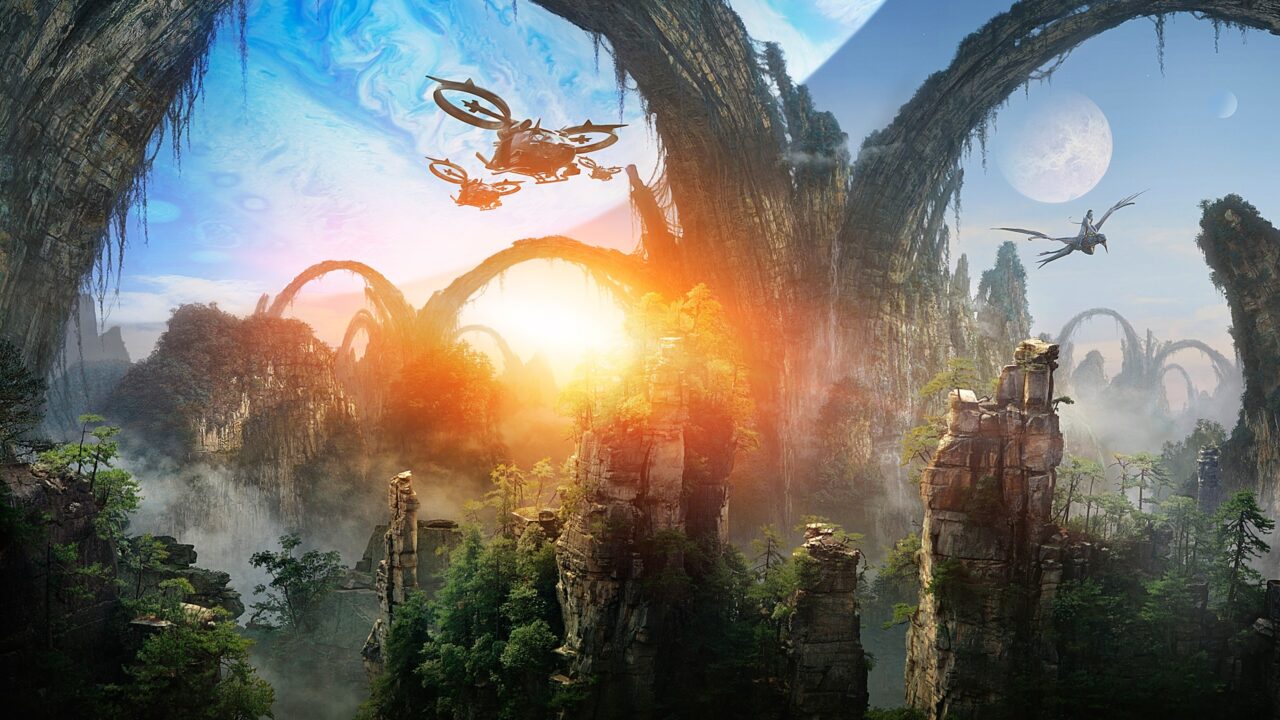
Leave a Reply